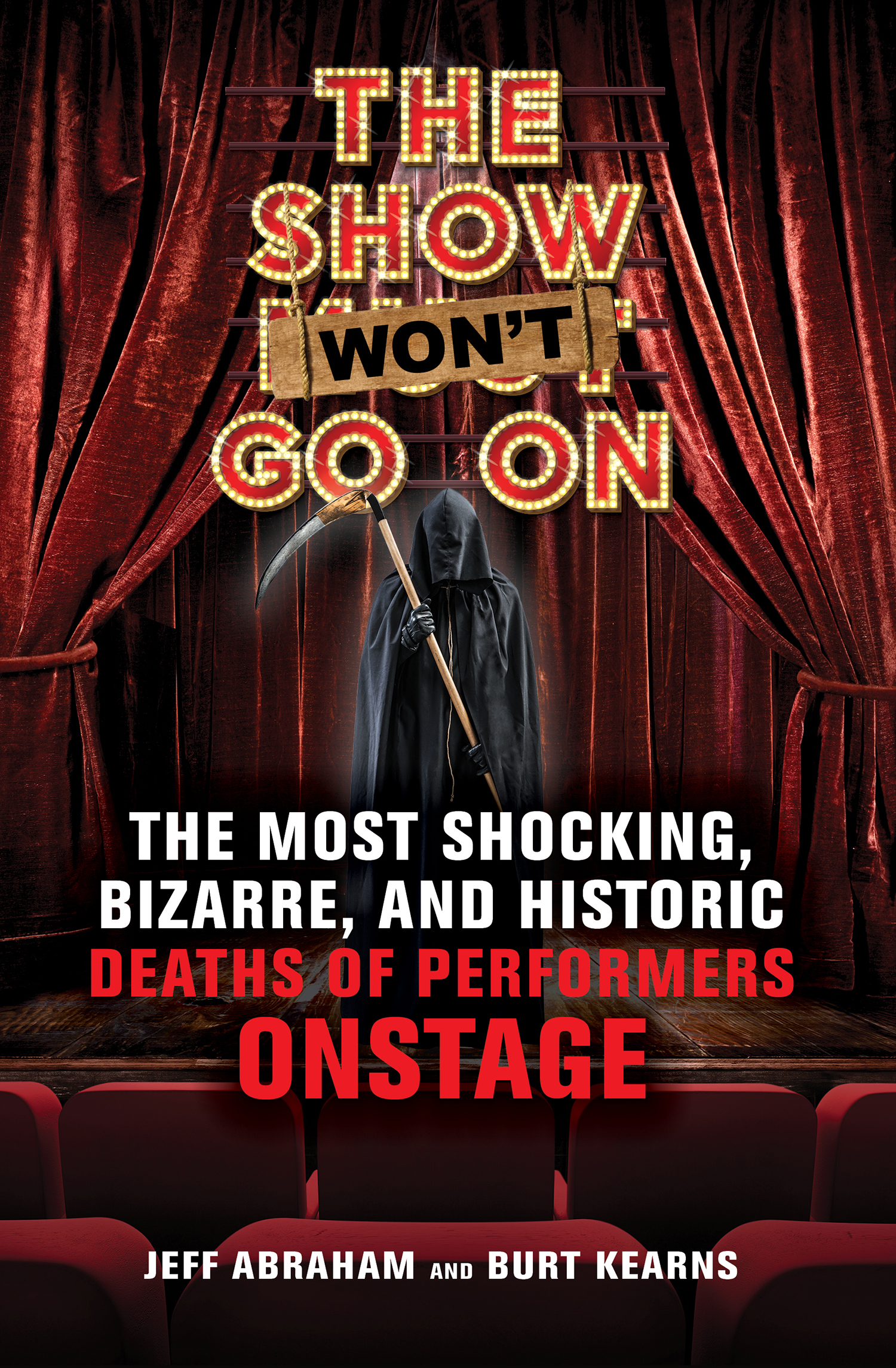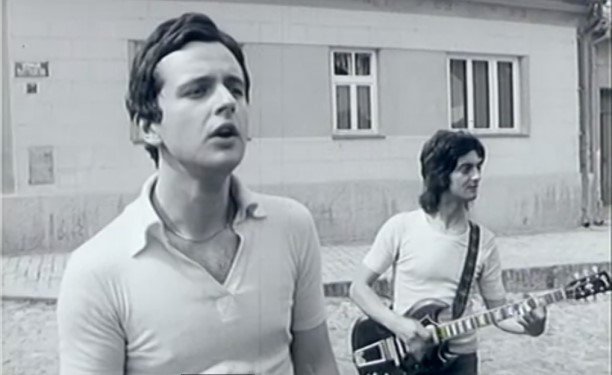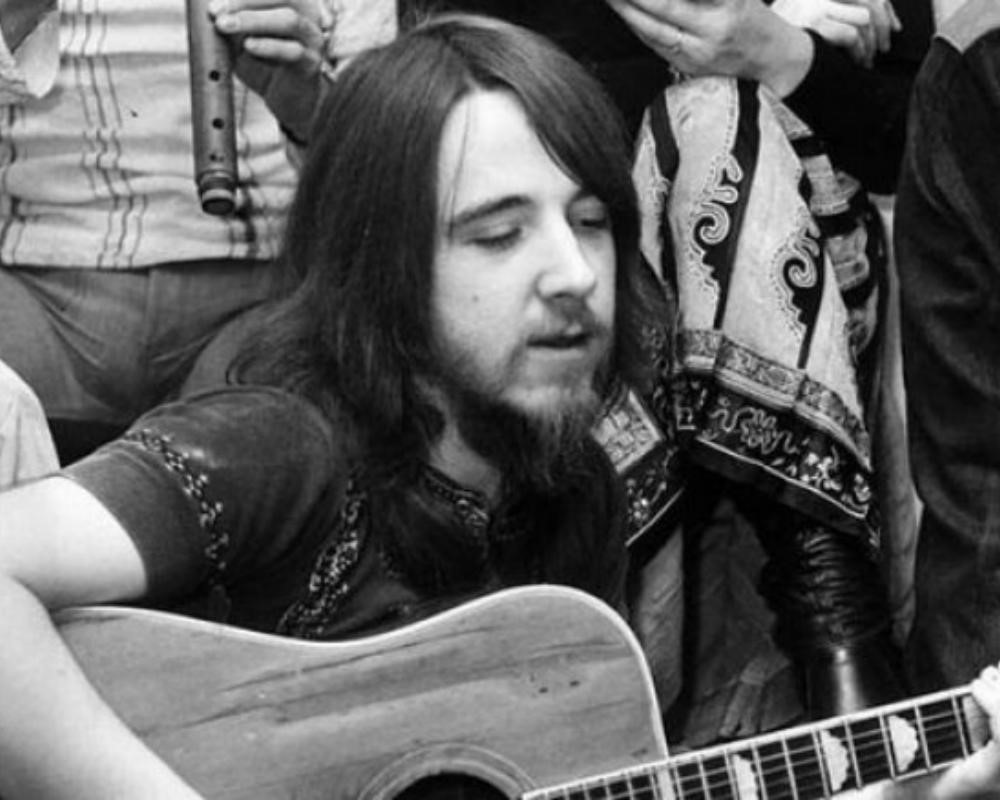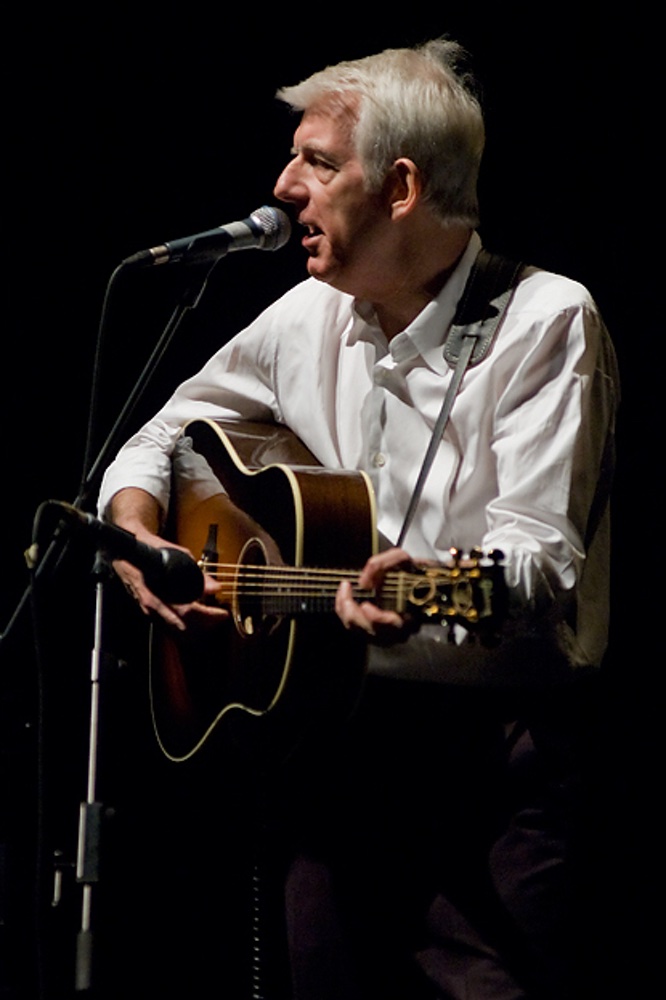The Five (Literally) Most Shocking Deaths of Performers Onstage
by Jeff Abraham and Burt Kearns

When we began researching The Show Won’t Go On, we found enough shocking, bizarre, and historic deaths of performers onstage to fill a book and more. In fact, one of the frustrating parts of the process was narrowing down the cases while performers kept dying onstage (and continue to—we’re keeping count on our website, TheShowWontGoOn.com). There are scores of onstage exits chronicled in The Show Won’t Go On, each falling under one or more subtitle category. There are the bizarre, like the dancer bitten by a deadly king cobra and the mentalist who collapsed onstage and had his brain removed while he was still alive. There are the historic, including the deaths of comedy magician Tommy Cooper on live television and opera singer Leonard Warren onstage at the Metropolitan Opera House. And there are the shocking, such as Christine Chubbuck, the reporter who shot herself on live television.
Of course, we intended the definition of “shocking” to be “causing surprise or dismay.” There is another literal definition: “affecting with an electric shock.” Performers in the rock and pop music genres have been most likely to expire in that fashion. What follows are our Top Five, beginning with the most recent and going back to modern pop’s first case of onstage death by electrocution, years earlier than is commonly assumed.
Barbara Weldens

Just a few years ago, Barbara Weldens was an up-and-coming pop star in France, a twenty-first-century artist who revived the theatrical chanson réaliste tradition popularized by Edith Piaf. Weldens had grown up in a circus, earned a degree in musicology and broke out in September 2016 when she won the Young Talent Award at the Jacques Brel Festival in Vesoul. She released her first album to rave reviews five months later. On July 19, 2017, she and her backing duo were performing at a music festival in the village of Gourdon. She was in the middle of her show in the Église Notre-Dame des Cordeliers—a medieval church turned concert hall—and had the audience spellbound when she collapsed dead at thirty-five. An autopsy confirmed that she’d been electrocuted when she stepped on a defective electrical device. The official cause of death was cardiac arrest. The true culprits, however, were her feet: Barbara Weldens always performed barefoot. Had she worn shoes, she might have survived.
Agustin Briolini
“The Krebs cycle” is the sequence of reactions by which most living cells generate energy during the process of aerobic respiration. While promoting the release of the first album by Argentinian rock band Krebs in 2014, singer Agustin Briolini spoke often of the cycle of energy from the stage to the audience and back again. A cycle of energy came into play in a serious way on November 23rd of that year. The Krebs were onstage doing a final soundcheck before a sold-out show at the Teatro del Sol in Villa Carlos Paz. Briolini reached for a microphone and received a massive electrical shock. He was twenty-two. “Faulty wiring” was blamed. The trio Iceberg del Sur was also on the bill that night. That group’s lead singer Pico Moyano told a reporter that the tragedy left him . . . “shocked.”
Predrag Jovicic

Keyboard player and composer Aleksandar “Sanja” Ilic formed the rock band San in Belgrade, Yugoslavia, in 1971. “San” translates to “Dream,” and for the next few years, the five guys of San lived the Balkans version of the rock n’ roll dream, with several hit singles and even a rock opera they performed at Belgrade’s Dadov Theatre. On February 2, 1975, the band was playing a concert at Cair Hall in Nis when lead singer Predrag Jovicic grabbed an ungrounded microphone and was jolted into immortality. The heart-stopping moment also proved to be a major shock to Sanja Ilic. Jovicic was more than his voice; he was his best friend. Ilic broke up the band and never formed another one. He did record an album, Memories, in Jovicic’s honor.
Les Harvey

It’s long been accepted that the first rock ’n’ roll star to die onstage via electrocution was Les Harvey, lead guitarist for Stone the Crows, the blues-rock band from Glasgow, Scotland. The date was May 3, 1972. There were twelve hundred fans in the Top Rank ballroom in damp Swansea, Wales. Harvey was onstage, tuning his black Gibson Les Paul, when he grabbed an improperly grounded microphone and was zapped into membership in the “27 Club”—the least famous among the group of pop stars who died at age twenty-seven but the only one, so far, to have died onstage. “Stone the crows,” by the way, is an expression of disbelief or surprise, similar to “Well, I’ll be a monkey’s uncle!” or Homer Simpson’s “D’oh!” At least a few folks are bound to slap their foreheads and exclaim “Stone the crows!” when they find out that Les Harvey was not the first rocker to be electrocuted on stage. The first casualty was carried off almost three years earlier in London.
Nick Lowe

His name was Nick Lowe. Yes, that Nick Lowe, the singer-songwriter who had a hit with “Cruel to Be Kind” in 1979 and made a fortune after a version of his song “(What’s So Funny ‘Bout) Peace, Love and Understanding” was included on The Bodyguard, the bestselling (forty-two million copies and counting) soundtrack album of all time, in 1992—the same Nick Lowe who is now on tour. Lowe’s band Brinsley Schwarz opened for Yes at the Marquee Club in Soho on the evening of July 6, 1969. In the middle of the set, Lowe had one hand on his bass guitar when he grabbed an ungrounded microphone with the other. The electric shock threw him eight feet across the stage and into the amplifiers. As he shook and jerked on his back with the bass in his hand and microphone on his chest, no one could touch him because of the electric current, or cut the power because stacks of amps were in the way. At about the time Lowe says he heard a voice tell him he was going to die, keyboard player Bob Andrews attempted to kick away the microphone. He missed, giving Lowe a boot to the ribs. Doctors later said that the kick restarted Lowe’s heart. He was taken to the hospital, and later sneaked out and walked to the pub across the street from the Marquee Club where the rest of the band was drunkenly mourning their “late” friend. When Lowe walked in, he says “they freaked,” thinking he was a ghost. Then the band returned to the club to play the second set. Nick Lowe died on stage at twenty, but lived to tell the tale.
Nick Lowe was not the only performer to survive a death doing what he loved. Some of those stories are included in The Show Won’t Go On, but shocking as they are, they might also be filed under “bizarre” or “historic.”
JEFF ABRAHAM and BURT KEARNS are authors of THE SHOW WON’T GO ON: The Most Shocking, Bizarre, and Historic Deaths of Performers Onstage, published by Chicago Review Press.
JEFF ABRAHAM is a entertainment publicist, a comedy historian and the go-to pop culture expert for television producers, documentary directors and authors.
BURT KEARNS is a television and motion picture producer, director, writer, journalist—and author of the controversial tabloid television memoir Tabloid Baby.
No Comments
No comments yet.